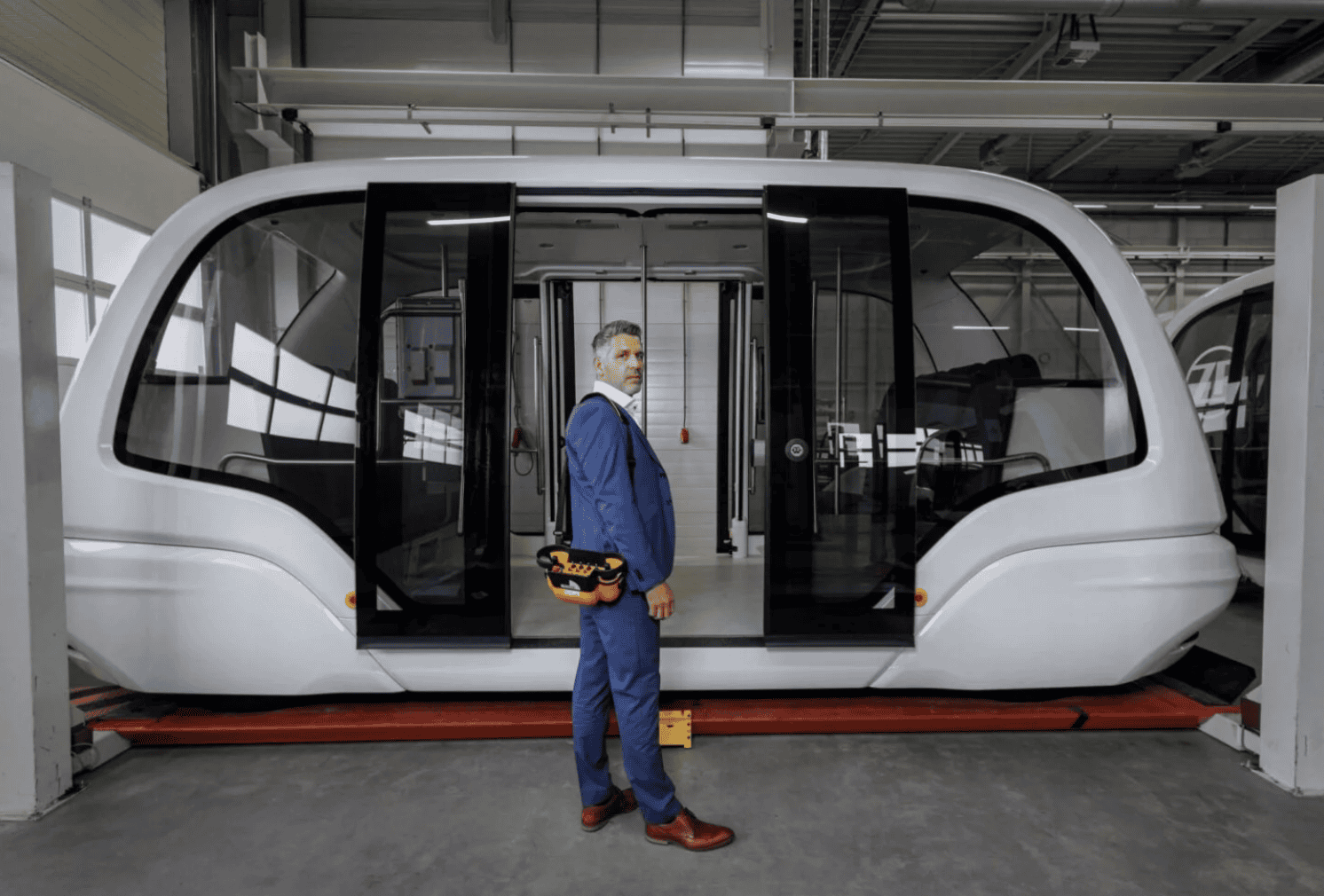
Imagine a city bus that autonomously navigates the streets, stops precisely at stops and parks itself in the depot. The Digital Infrastructure for Future-proof Mobility (DITM) project is currently working to make this a reality. This pioneering initiative, which runs until 2026, promises not only to make public transportation safer and more efficient but also to change the role of bus drivers dramatically.
The DITM project, launched on October 1, 2022, brings together 19 partners, including VDL ETS, TomTom, TNO, Heliox, and V-tron. This consortium is working to develop an advanced digital infrastructure for autonomous driving. The goal is to achieve higher levels of autonomous vehicles, promote emission-free mobility, and increase road safety. Through this collaboration, the Netherlands aims to strengthen its position as a leader in digital infrastructure and mobility innovation.
Under the leadership of Brainport Development, the project partners are working concretely to develop:
- Autonomous functions around connectivity, localization, and navigation of different vehicle platforms (bus, passenger car) in different use-cases such as yard maneuvering, lane-navigation, automatic driving off and stopping at bus stops, and platooning (trigger: VDL ETS).
- An ‘energy exchange system’ (EnergyPod) as a crucial link between the autonomous electric vehicle (EV) and the electricity grid and offering energy in a cyber secure and reliable way to grid operators (trigger: Heliox)
- An innovative map production system that produces and updates maps based on continuous sensor observations of the road infrastructure and the increasing number of ‘smart’ vehicles on the road. (Tractor: TomTom).
- A Validation Lab consisting of a virtual simulation and a physical test environment (test road A270, Fabulos route and smart intersections). This to validate both technology development and simulations for improved substantiation of (future) system choices around mobility design issues and investment decisions (initiator: TNO).
The role of VDL ETS
VDL Enabling Transport Solutions (VDL ETS) plays a crucial role in this project. Under the leadership of Glenn Haverkort, VDL ETS is responsible for the work package ‘Vehicle Systems’. This means that VDL focuses on integrating autonomous driving systems in city buses. The ultimate goal is a working prototype of an autonomous city bus that can navigate autonomously, stop at stops, and maneuver in depots. Data reliability and a robust digital infrastructure are essential to this project.
Glenn Haverkort, director of VDL ETS, considers the project successful if it yields much new knowledge about technologies and products and more insight into the value of the developed use cases. “It should lead to a working prototype of an autonomous city bus that can drive by remote control at the depot and automatically stop and leave at stops.”
The validation lab
A key component of the DITM project is the Validation Lab, led by TNO. This lab includes both a virtual simulation and a physical test environment. Locations such as the A270 test road and the Fabulos tract are used to test and validate technologies. This makes it possible to develop innovations faster and more cost-effectively. The Validation Lab will be housed in the MARQ (Mobility Applied Research Quarter), which will open at the Automotive Campus in Helmond at the end of 2024.
What does this all mean for your daily bus ride? Imagine boarding a bus that navigates itself and stops at stops without human intervention. This will not only improve the driving experience, but also increase the safety and efficiency of public transportation. In addition, autonomous buses will relieve drivers of routine driving tasks, allowing them to focus on other tasks, such as passenger assistance.

